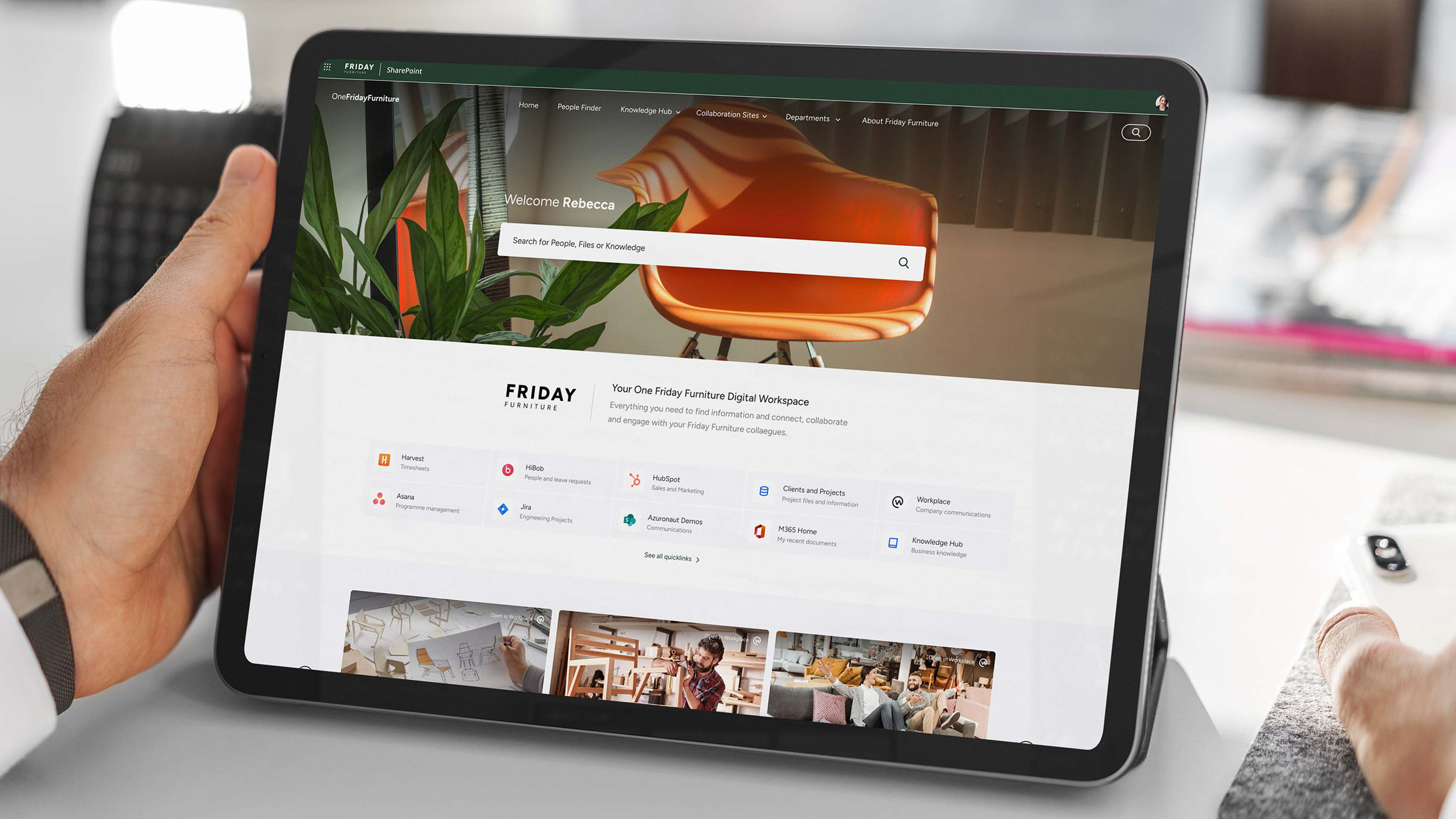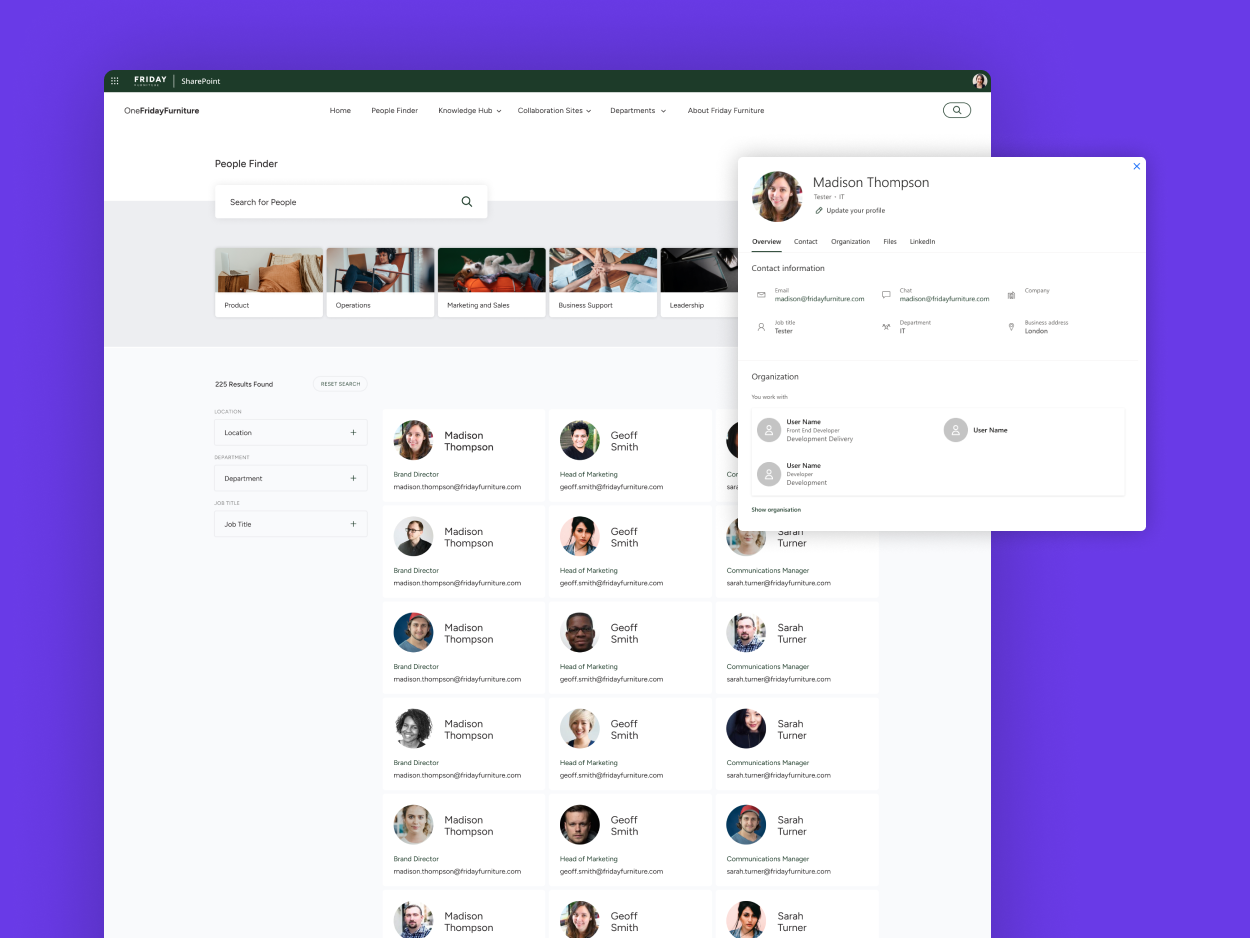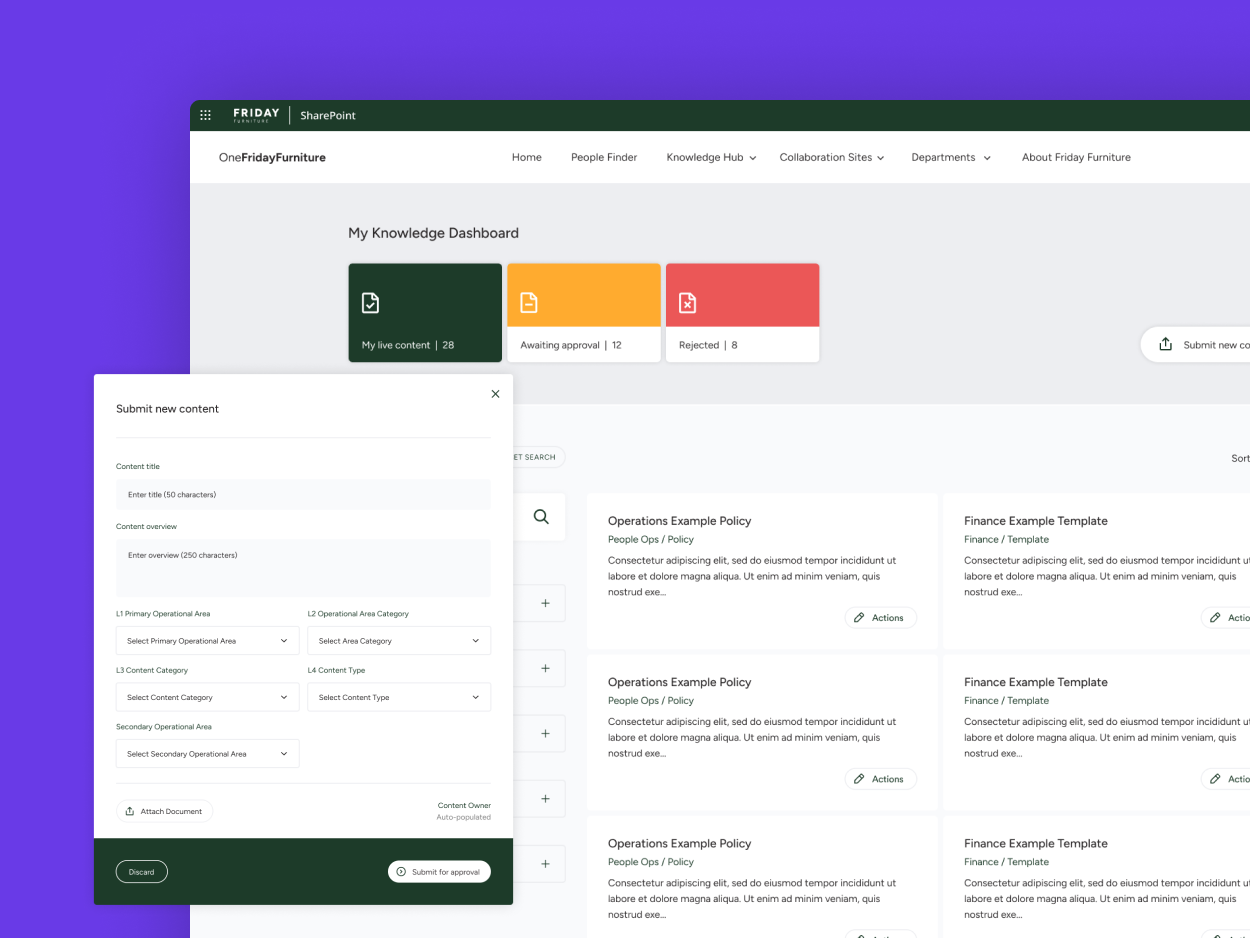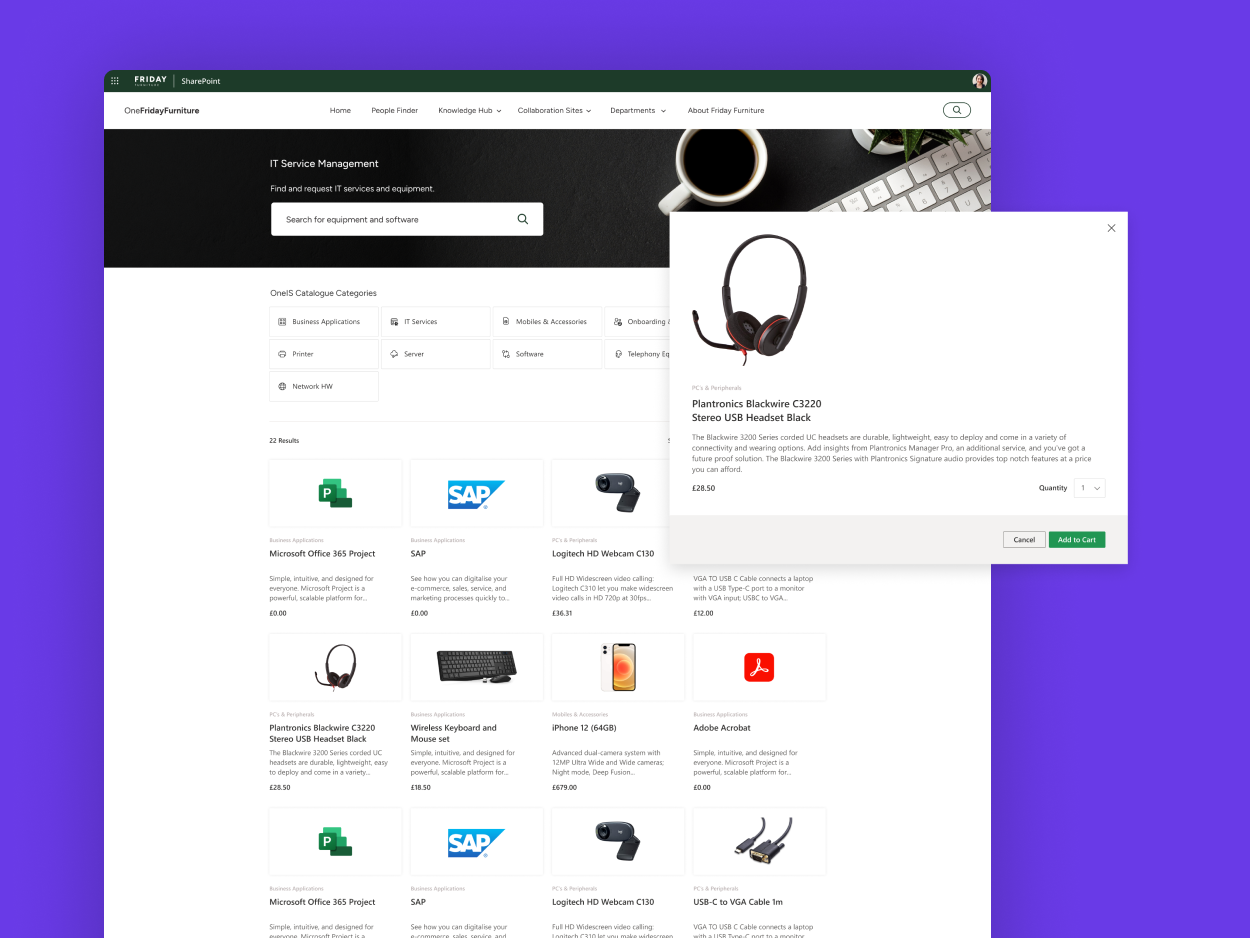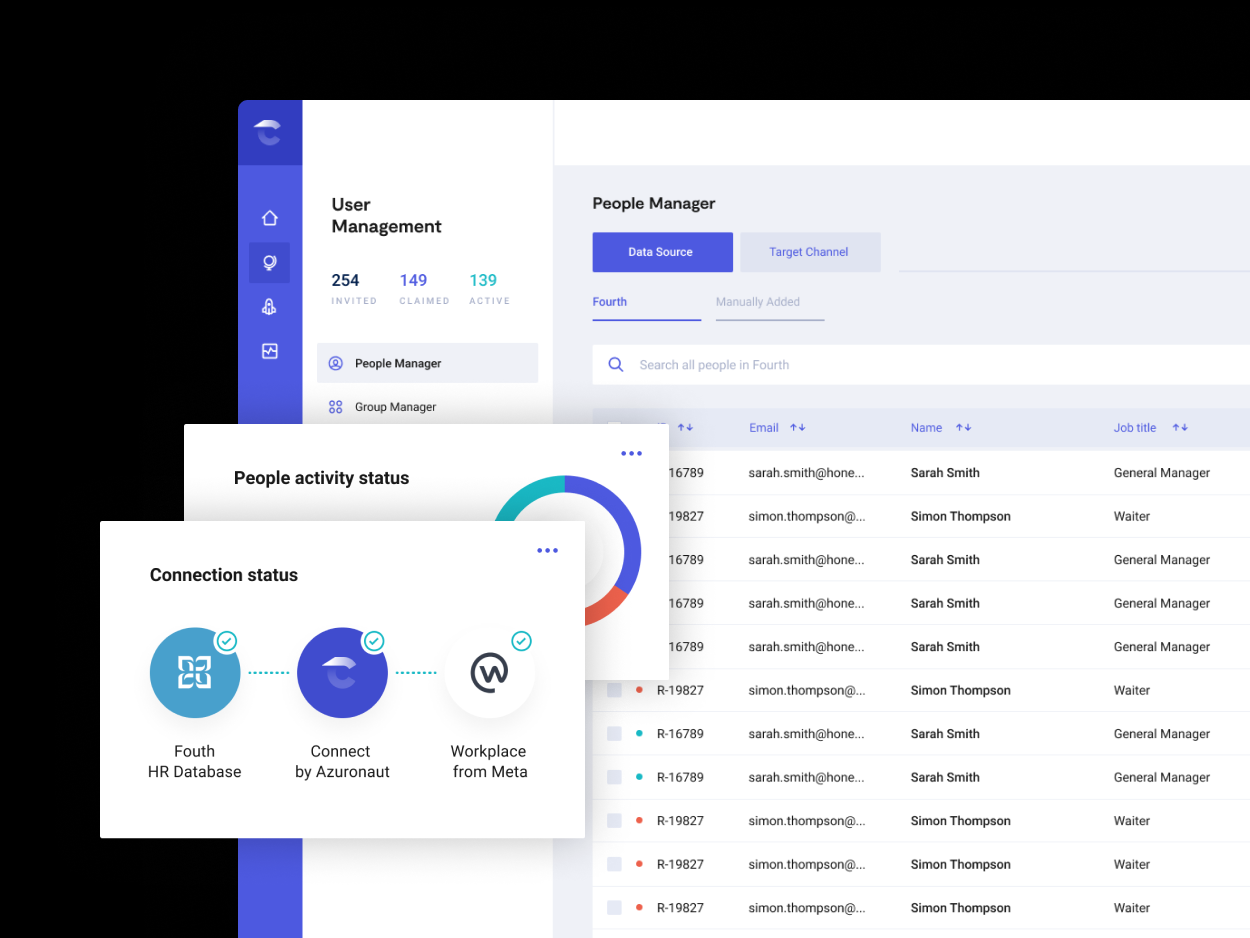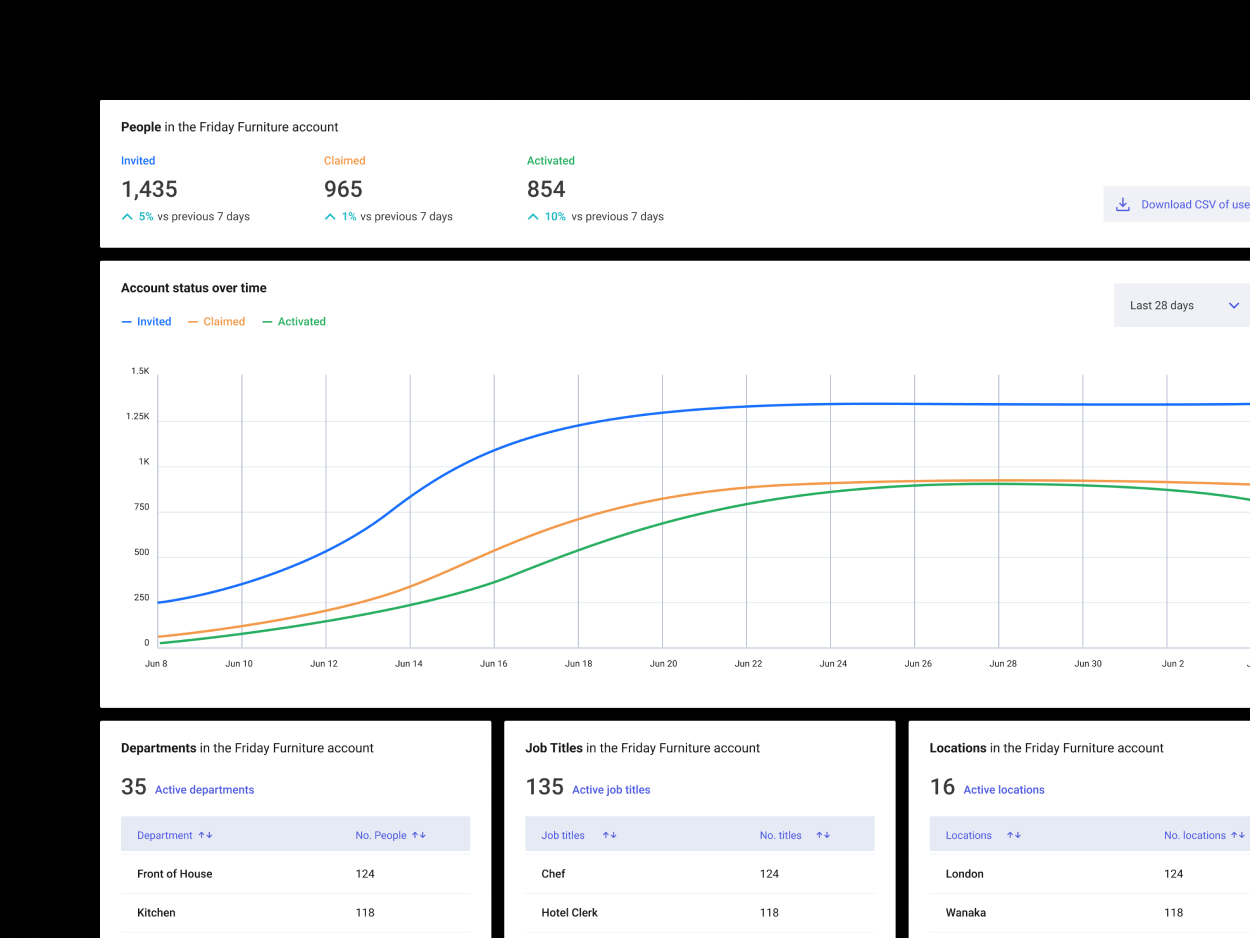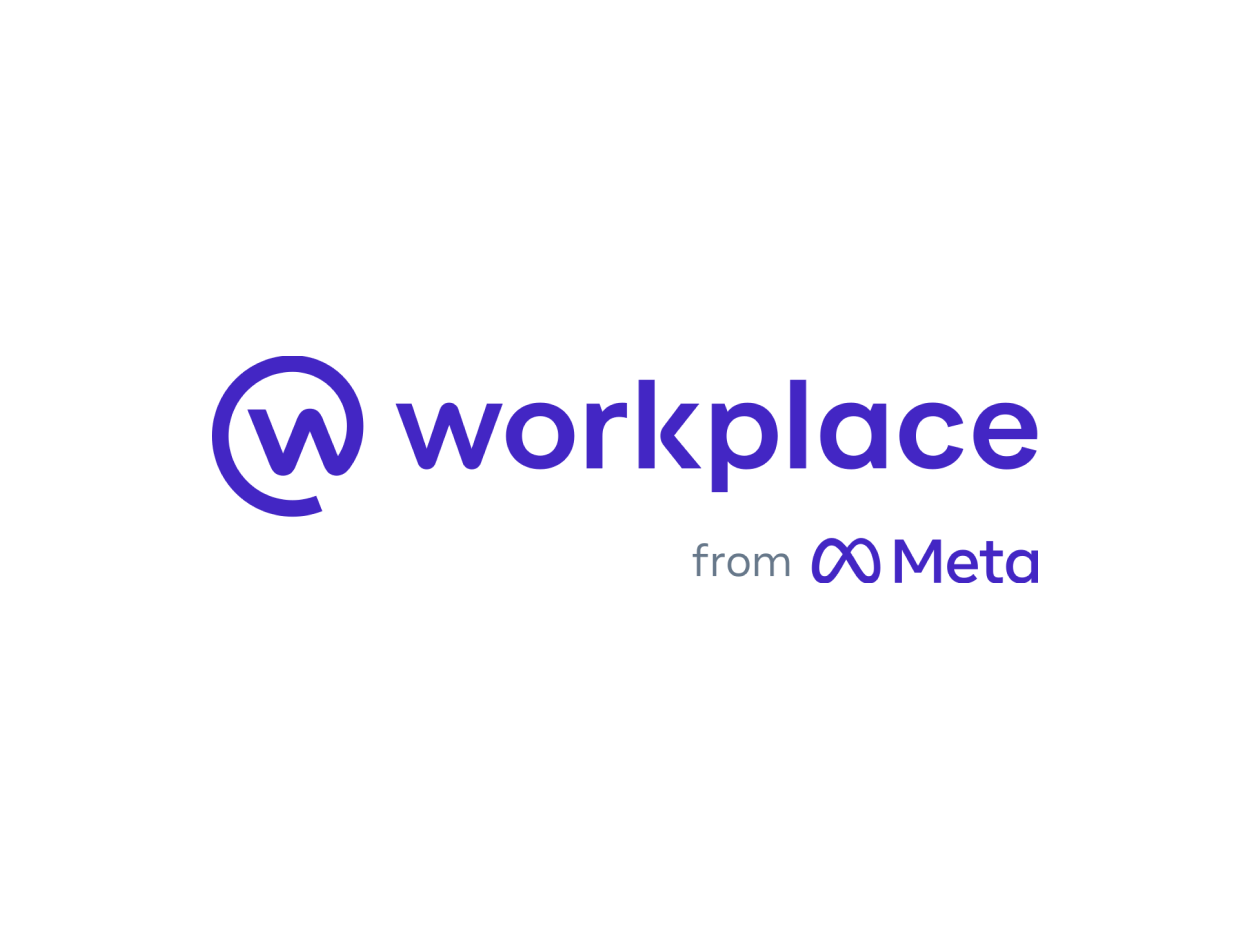
5 Benefits of Developing a Knowledge-Sharing Culture
Siloed information limits the flow of knowledge between your employees. And this increases the chance of important information being lost, productivity decreasing and business growth losing momentum. But in companies with a knowledge-sharing culture, the opposite is true.
In this blog, we explore what a culture of knowledge-sharing looks like and the benefits you will see for your company.
What is a knowledge-sharing culture?
A culture of knowledge sharing is one where collaboration and the open exchange of information between employees form part of the day-to-day routine. Employees are expected and encouraged to work together, and opportunities to work collaboratively and interact casually are made available through digital tools, processes and interactions.
Open communication is a key part of a successful knowledge-sharing culture, and through open communication channels and practices, information and knowledge are shared freely, both vertically between teammates, and horizontally between executives and employees. And a mobile-first approach is key to including frontline staff in knowledge sharing and connecting people with the communities that matter.
A healthy knowledge-sharing culture allows employees to share ideas, build connections and work more efficiently together to deliver innovative solutions. This free flow of knowledge promotes the sustainable growth of a modern business environment, no matter the industry.
Key benefits of developing a knowledge-sharing culture
Building a strong knowledge-sharing culture increases employee engagement, but it also offers a range of other benefits. We’ve outlined five key benefits of developing a knowledge-sharing culture below.
1. Encouraging team bonding and collaboration
Knowledge sharing isn’t just about having central knowledge libraries with records and files. While these tools are needed, some of the most valuable knowledge that can be shared between employees is tacit and sits in the minds of employees without necessarily being captured on paper somewhere. To share this knowledge, employees need to actually engage with one another on company culture, attitudes and values. This, in turn, strengthens cultural bonds and leads to effortless collaboration. This type of knowledge sharing builds a sense of community between employees, and can’t be captured and stored in a company intranet, for example.
By creating a positive environment where employees can freely share knowledge that’s both documented and implied, employees are more inclined to collaborate, work cross-functionally and get to know each other better. This leads to more engaged teams that deliver results.
2. Improving employee motivation and productivity
When employees can’t access the knowledge they need to do their work properly, it leads to frustration, decreased engagement and a waste of valuable time (often hours) trying to gather the information that should be readily available at the click of a button. This can have a damaging effect on employee motivation and productivity.
To increase productivity and performance you need to de-silo information and enable employees to access answers to questions quickly and seamlessly. A culture of knowledge sharing, enabled by modern communication and collaboration tools, and practices like improved document storage and management, boost workplace efficiency.
It’s especially important in our hybrid era. You don’t want remote workers or frontline staff to feel isolated or excluded from knowledge-sharing. And taking a mobile-first approach can help ensure everyone feels part of the culture.

3. Brainstorming better ideas
Where knowledge silos are broken down and seamless collaboration is the norm, employees can work smarter, not harder. When productivity blocks are no longer a worry because knowledge is being shared freely, employees are more comfortable working together, leading to more creative brainstorming sessions and more productive outcomes.
In a knowledge-sharing culture where employees are positively engaging with each other, they’re likely to feel more psychologically secure. This, along with uninterrupted productivity and better collaboration, can lead to better business ideas emerging from your teams.
4. Filling knowledge gaps while reducing training costs
Because employees in a knowledge-sharing culture are encouraged to help each other and work together, not pitted against each other in unhealthy competition, they are much more likely to get each other up to speed on things. This means that specific skill sets and expertise can be easily transferred between teams, and knowledge gaps can be swiftly filled to ensure every team member is operating from the same knowledge base.
This unisolated flow of knowledge and expertise on specific business tools and processes decreases delays in delivery and results in less training being needed. And this can save your company from repetitive and expensive training costs.
5. Ensuring knowledge doesn’t leave with the employee
While a knowledge-sharing culture does lead to improved employee retention by creating a more positive work environment, it also helps teams retain important information that would otherwise be lost should a key team member leave the company. It’s not unusual for a team’s performance to be hindered for a time as they try to recover from the loss, particularly if the departed employee possesses deep knowledge and expertise the team relied on.
You can avoid this pitfall with a knowledge-sharing culture in place, as this wealth of knowledge from the experienced employee would have been freely shared and available to the rest of the team, enabling them to withstand any detrimental knowledge loss that would result from them leaving.
Summary
As you can see, there are great benefits to developing a knowledge-sharing culture. So, your next step is building that knowledge-sharing culture. Luckily for you we have covered that in our post here. And we can also help you with the tools that will drive a knowledge-sharing culture.
We provide workplace communication and collaboration solutions, partnering with the leading technologies (including Microsoft and Workplace from Meta) and strategic support. Our vision is to connect and unite the workplace. Want to learn more? We’d love to hear from you.


